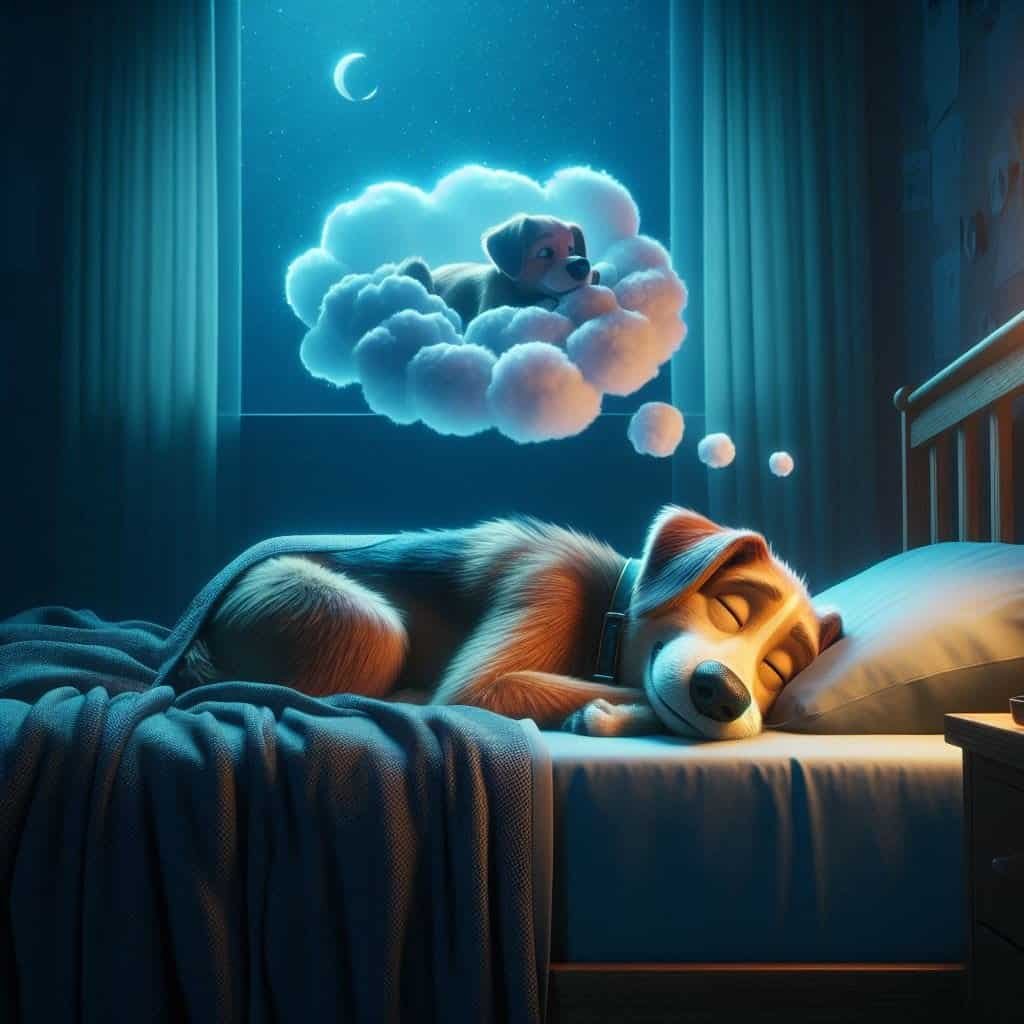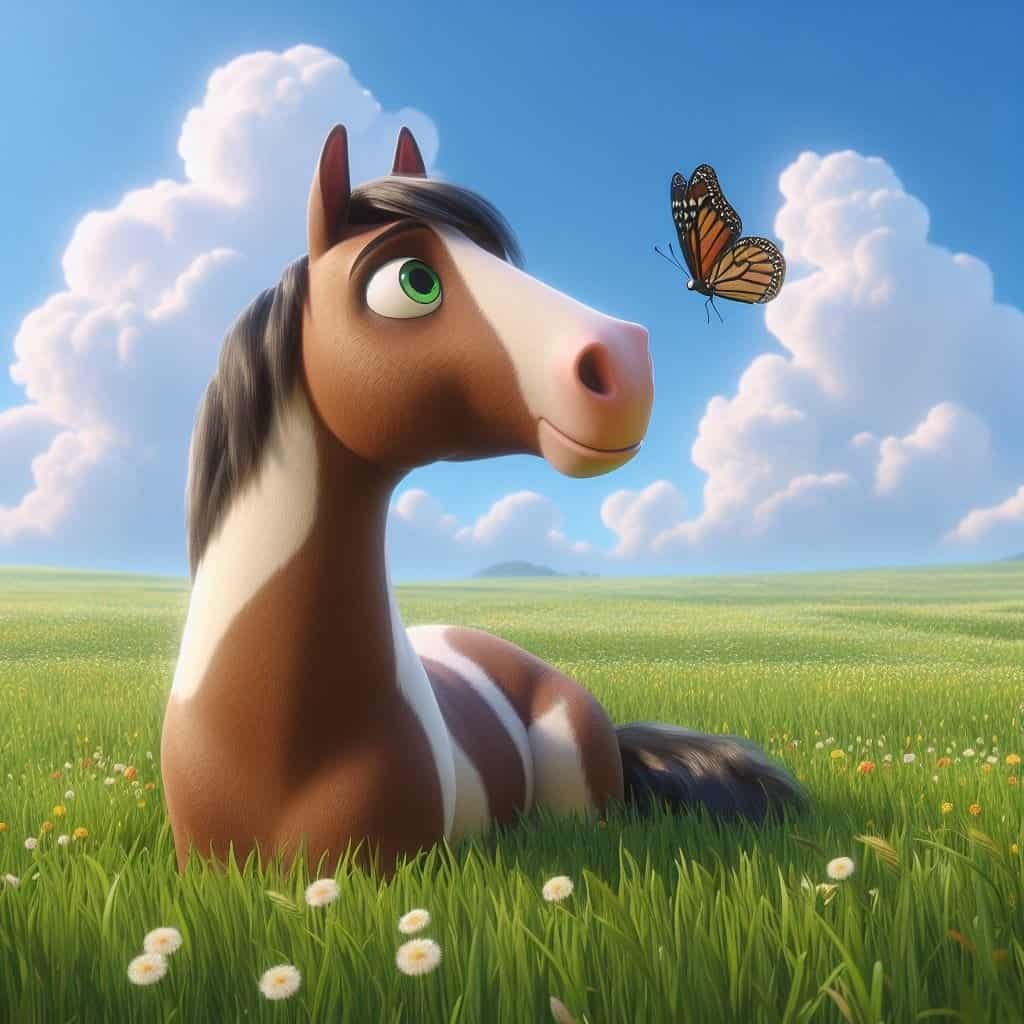
Ah, the fascinating world of dogs! These lovable creatures never cease to amaze us with their playful nature, unwavering loyalty, and curious behaviors. One question that often comes to mind when observing our furry friends in their deep slumber is: do dogs dream? In this article, we will embark on a journey to unravel the mysteries of the canine mind during sleep and explore the fascinating realm of dog dreams.
Understanding Sleep Patterns in Dogs
Before diving into the realm of dreams, it’s essential to understand the sleep patterns of our canine companions. Dogs, like humans, experience different stages of sleep, including the rapid eye movement (REM) phase and non-rapid eye movement (NREM) sleep. During the REM phase, which is associated with dreaming in humans, dogs exhibit various intriguing behaviors that suggest they are indeed dreaming.
Behaviors Indicative of Canine Dreams
Have you ever observed your dog twitching, whimpering, or even running in their sleep? These behaviors are often interpreted as signs that dogs are dreaming. The phenomenon is not limited to specific breeds or ages; it is observed across the canine population. Researchers have conducted numerous studies to shed light on these dream-like behaviors and their underlying mechanisms.
The Role of REM Sleep in Canine Dreams
REM sleep, characterized by rapid eye movements and increased brain activity, is widely recognized as the stage during which dreams occur in humans. Similarly, studies suggest that dogs also experience REM sleep and exhibit similar brain activity patterns. Researchers have used electroencephalography (EEG) to monitor brain activity in sleeping dogs and have found similarities between the brainwave patterns during REM sleep in dogs and humans.

The Influence of Breed and Size on Canine Dreams
While all dogs can experience dreams, it is interesting to note that certain factors, such as breed and size, may influence the content and intensity of their dreams. For example, smaller dog breeds often exhibit more dream-like behaviors, such as leg twitching or vocalization, compared to larger breeds. This difference in behavior may be attributed to variations in brain structure and functioning.
Unraveling the Contents of Dog Dreams
As much as we wish we could simply ask our dogs about their dream experiences, we must rely on behavioral observations and scientific research to understand the potential contents of their dreams. Studies suggest that dogs primarily dream about activities they engage in while awake, such as playing, chasing, or interacting with other animals or humans. These dreams are believed to serve as a way for dogs to process and reinforce their waking experiences.
The Emotional Aspect of Canine Dreams
Beyond the observable behaviors and activities, it is important to consider the emotional aspect of canine dreams. Dogs, like humans, experience a range of emotions, and these emotions can carry over into their dreams. For instance, a dog that has recently experienced fear or anxiety may exhibit signs of distress or discomfort during their dreams. On the other hand, dogs that are content and happy in their waking lives may display signs of joy or playfulness in their dreams.

Understanding the Purpose of Canine Dreams
The purpose of dreams in dogs, as in humans, remains a subject of ongoing scientific inquiry. One prevailing theory suggests that dreams play a crucial role in memory consolidation and learning. It is believed that the brain uses the dream state to process and organize information gathered during wakefulness. Additionally, dreams may also serve as a form of mental stimulation and cognitive exercise for dogs, contributing to their overall well-being.
Conclusion
While we may never fully comprehend the intricacies of the canine mind, the evidence strongly suggests that dogs do indeed dream. The fascinating behaviors exhibited during their slumber, along with the similarities in brain activity between dogs and humans during the REM phase, point to a rich dream world that dogs experience. As devoted dog owners, it’s important to recognize and respect our furry companions’ dream experiences, as they contribute to their overall mental and emotional well-being. So, next time you catch your pup twitching or wagging their tail in their sleep, remember that they are likely exploring their own enchanting dreamscapes.
 Ad: Check out Wordgag’s funny quotes
Ad: Check out Wordgag’s funny quotes 





